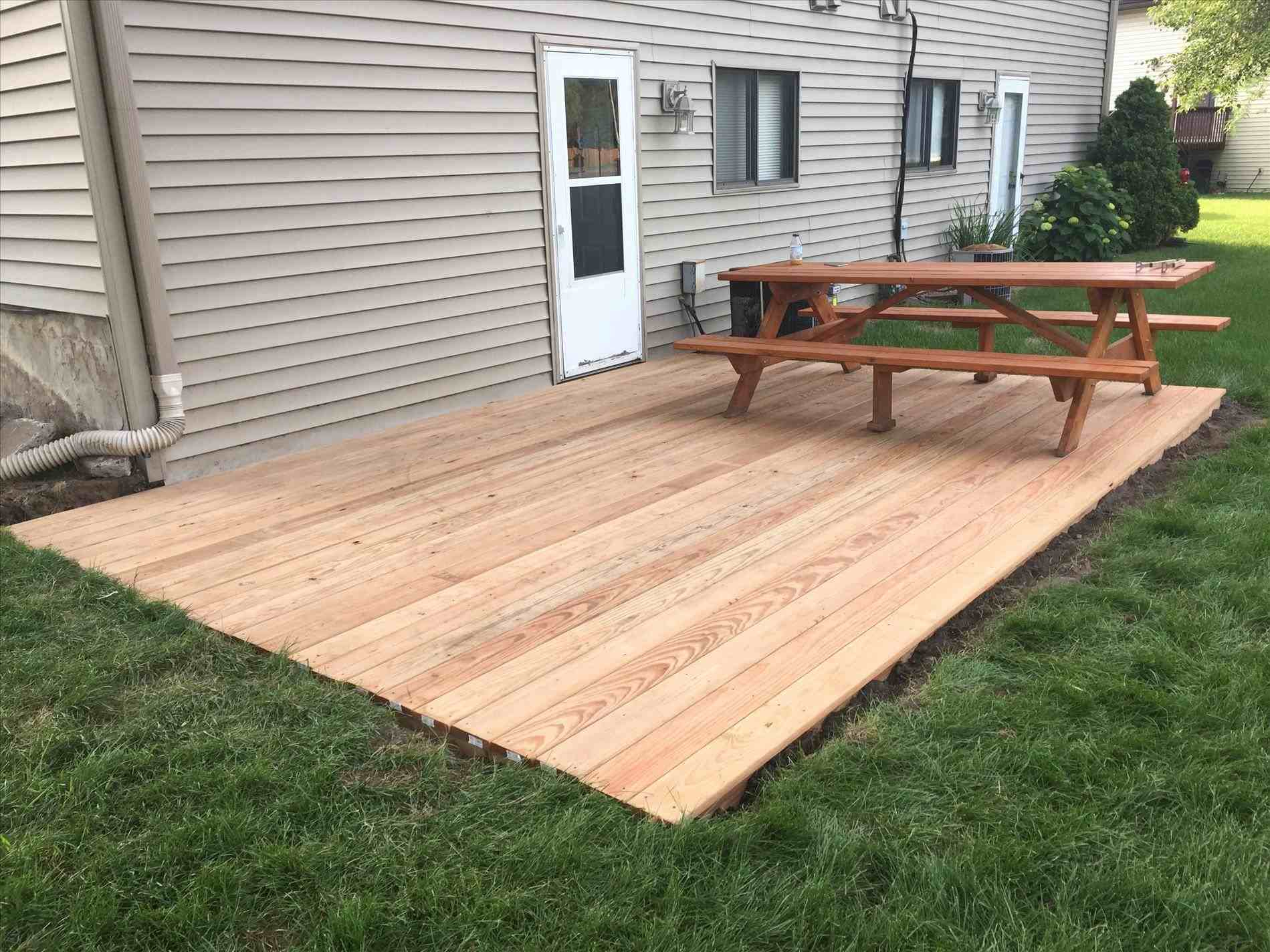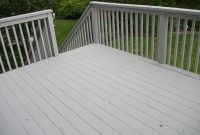 Ground Level Deck Footings Uk Round Designs about size 1899 X 1424
Ground Level Deck Footings Uk Round Designs about size 1899 X 1424Building a Ground-Level Deck Without Footings: The Ultimate Guide
Discover the Secrets of Creating a Solid and Beautiful Ground Level Deck
Ground Level Deck Without Footings – Are you dreaming of creating a stunning outdoor space where you can relax, entertain, and enjoy the beauty of nature? Building a ground-level deck without footings might be the perfect solution. This comprehensive guide will walk you through constructing a ground-level deck without traditional foundations. Prepare to transform your backyard into a beautiful oasis leaving your friends and family in awe.
What are Ground Level Decks Without Footings?
Before we dive into the construction process, let’s clarify what precisely a ground-level deck without footings is. Unlike raised decks that require bases to support the structure, a ground-level deck sits directly on the ground or in a bed of gravel or sand. This type of deck offers several advantages, including more accessible and cost-effective construction, quicker installation, and the ability to adapt to various terrains.
Building a ground-level deck without footings eliminates the need for excavation, concrete pouring, and the associated expenses. This method opens up exciting possibilities for creating a beautiful and functional deck in your backyard, even if the terrain is uneven or challenging.
Materials Required for Building a Ground-Level Deck Without Footings
Now that you understand the concept of ground-level decks without footings let’s explore the materials you’ll need to bring your vision to life. The following are essential components for building a sturdy and durable deck:
- Pressure-Treated Lumber: Choose high-quality pressure-treated lumber to ensure resistance against decay, insects, and moisture. This type of wood is designed explicitly for outdoor use and will provide long-lasting durability for your deck.
- Gravel or Sand: A layer of gravel or sand should be laid underneath your deck for stability and proper drainage. This foundation will help prevent moisture buildup and protect the wood from rotting.
- Joists and Beams: These structural elements will support and stabilize your deck. Ensure they are of adequate size and spaced to bear the weight of the deck and any added features, such as furniture or a grill.
- Decking Boards: Choose decking boards that suit your aesthetic preferences and budget. Options include natural wood, composite materials, or PVC. Consider factors such as maintenance requirements, durability, and appearance when selecting.
- Galvanized Nails or Deck Screws: Use corrosion-resistant fasteners to secure the various components of your deck. Nails or deck screws should be long enough to penetrate the lumber securely.
While the materials required for a ground-level deck without footings are similar to those used for traditional decks, the absence of bases allows for cost savings and simplified construction.
How to Build a Ground-Level Deck Without Footings
Now that we have all the materials let’s dive into building your ground-level deck without footings. Follow these guidelines to ensure a smooth and successful construction:
Step 1: Preparing the Ground
Start by clearing the area where your deck will be located. Remove any rocks, roots, or debris that may interfere with the deck’s stability. Level the ground as much as possible and ensure proper drainage.
Step 2: Create a Foundation
If you use gravel or sand as a base, spread it evenly across the cleared area. Compact the material to create a solid foundation for your deck. Ensure the surface is level and properly graded.
Step 3: Install Joists and Beams
Position the joists and beams according to your design plan. Use a level to ensure they are perfectly horizontal. Secure them together using galvanized nails or deck screws. Remember to leave appropriate spacing between the joists for adequate support.
Step 4: Attach Decking Boards
Lay the decking boards perpendicular to the joists and secure them using nails or deck screws. Leave a small gap between each panel to allow for expansion and contraction due to weather conditions. Trim any excess length from the panels to achieve a clean and polished look.
Step 5: Finishing Touches
To enhance the aesthetics and safety of your deck, consider adding features such as railings, stairs, or built-in seating. Apply a weather-resistant sealant or stain to protect the wood and prolong its lifespan. Finally, step back and admire your beautifully crafted ground-level deck without footings.
Potential Issues Associated with a Ground-Level Deck
While ground-level decks without footings offer numerous benefits, being aware of potential challenges is essential. Moisture accumulation and stability issues can arise due to the deck’s proximity to the ground. To mitigate these risks, consider the following precautions:
- Proper Ventilation: Ensure adequate airflow beneath your deck to prevent moisture buildup. This can be achieved by leaving enough space between the ground and the deck’s lowest point.
- Regular Inspections: Regularly inspect your deck for signs of rot, decay, or insect infestations. Address any issues promptly to avoid further damage.
- Ground Cover: Installing a layer of landscape fabric beneath the gravel or sand foundation can help prevent weed growth and minimize moisture-related problems.
By proactively addressing these potential issues and performing routine maintenance, you can enjoy your ground-level deck without footings for years.
Maintenance and Repairs
It is crucial to perform regular maintenance and repairs to preserve the beauty and functionality of your ground-level deck without footings. Here are some essential tips:
- Cleaning: Remove dirt, debris, and leaves from your deck regularly. Use a broom or leaf blower to keep the surface clean. Mild soap, water, or a deck cleaner can be used for deeper cleaning.
- Sealing or Staining: Consider applying a sealant or stain every few years, depending on the type of wood or decking material used. This will protect the deck from UV rays, moisture, and general wear and tear.
- Inspect and Repair: Routinely inspect your deck for any signs of damage, such as loose boards, protruding nails, or rotting wood. Replace or repair any compromised components promptly to maintain the deck’s structural integrity.
Conclusion
Congratulations! You are now equipped with the knowledge and guidance to embark on your journey of building a ground-level deck without footings. By following the steps outlined in this guide and taking the necessary precautions, you can create a breathtaking outdoor space that will bring joy and relaxation to your life.
Remember, a ground-level deck without footings offers a cost-effective, versatile, and aesthetically pleasing alternative to traditional raised decks. So why wait? Start planning your project today and let your creativity flourish. Transform your backyard into a captivating oasis where unforgettable memories are made.



